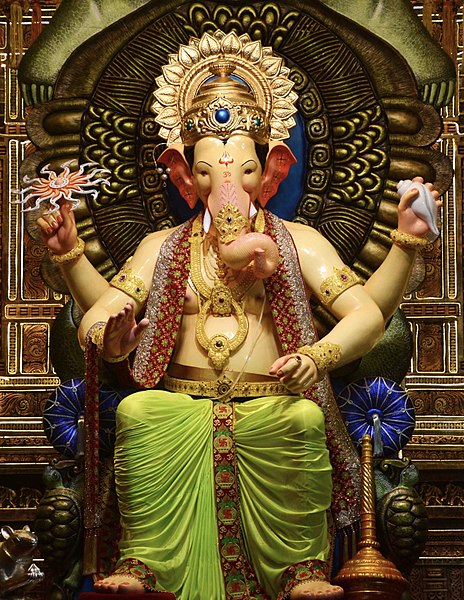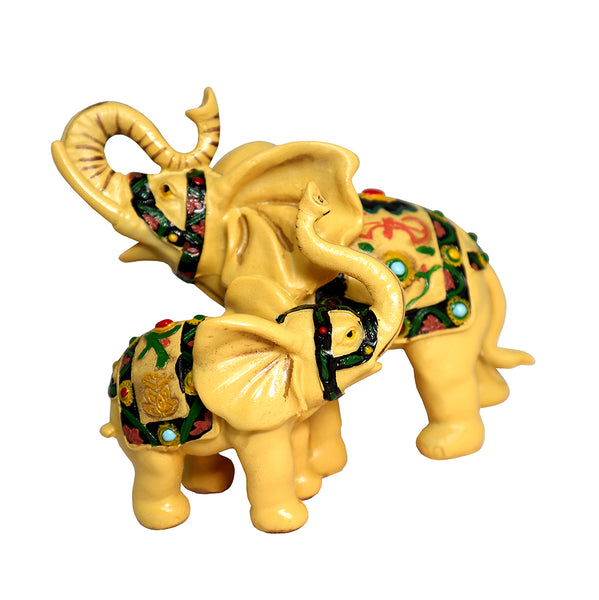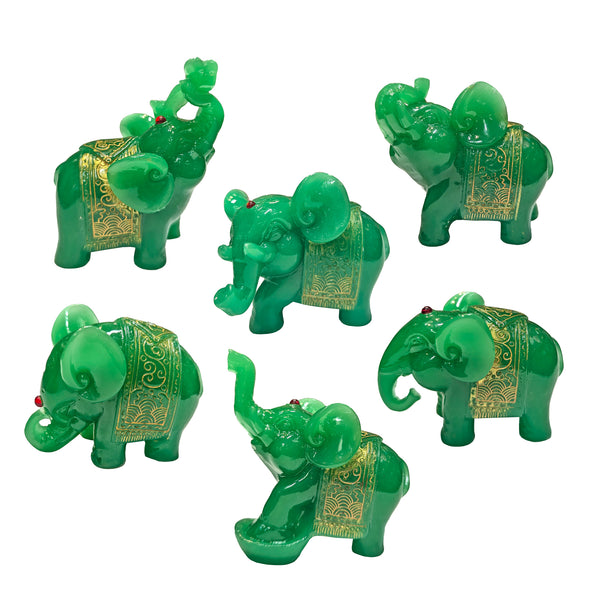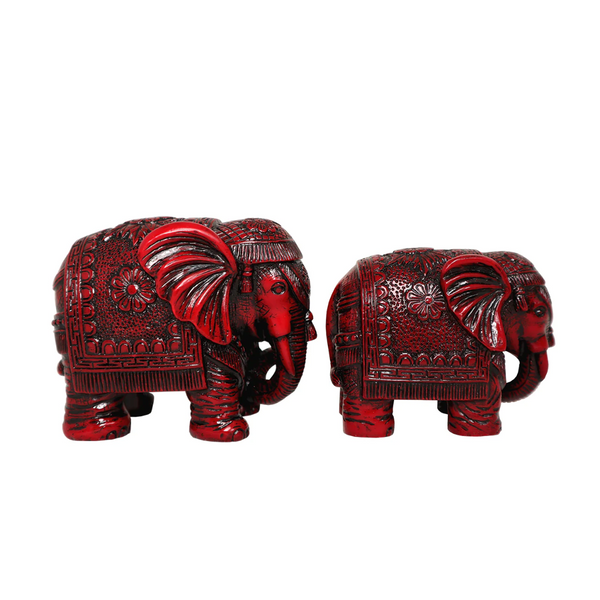
Time to Appreciate Some Elephants! Five Fun Facts about Elephants in Asian Culture
While we appreciate elephants every day, it's official every Sept. 22. Revered throughout Asia, the peaceful pachyderm (peaceful, that is, until you mess with one) is considered a symbol of wisdom, strength, and protection. But what else do you know about the gentle giant? Test your elephant intelligence quotient with some fun facts!
The most popular god in Hinduism has an elephant’s head

Ganesha is arguably the best known and most worshiped deity in the Hindu religion. Depicted with an elephant’s head and human’s body (albeit a four-armed human body), he’s worshiped by Hindus of all denominations.
He’s also considered the:
- Remover of obstacles (although he’s also been known to put obstacles in the way of anyone getting too big for their britches)
- Patron of the arts and sciences
- God of intellect and wisdom
- God of beginnings and thus honored at the start of ceremonies, rites, and rituals
An annual festival honors Ganesha for 10 whole days
Typically starting in late August or early September, Ganesha Chaturthi begins with worshippers bringing the god into their home by way of clay figurines and statues. On the last day, large public processions are held carrying the often very large and very elaborately decorated idols to the river or sea, at which point they're submerged in the water.

When the clay melts, Ganesha is believed to have returned to Mount Kailash, a holy place and the home of his parents, the lord Shiva and goddess Parvati.
The Japanese Buddhist version of Ganesha is kinda sexy
Called Kangiten, or “god of bliss,” the Japanese Buddhist version of Ganesha is sometimes depicted the same way as the Hindu one: an elephant-headed man. Other times it’s shown as male and female elephant-headed humans embracing.

Embodying the “unity of opposites,” the Embracing Kangiten is apparently worshiped by those in the “pleasure business” such as gamblers, actors, and geishas.
Thailand prefers elephants over pigs
At least in their zodiac. Instead of a Year of the Pig, Thailand has the Year of the Elephant. (Another replacement is the naga, a kind of mythical serpent, for the dragon.)

For centuries the elephant has held an important place in Thailand’s culture. It’s the country’s national animal, is considered sacred, and appears in many of their works of art.
The position of the elephant’s trunk has significance
Trying to decide on an elephant figurine? If you’re looking for good luck, you’ll want one with its trunk raised. If you’re seeking determination, you’ll want a trunk that’s lowered. Regardless of trunk position, you’ll want to place a single or pair of elephants at your front door facing inward for maximum wisdom, strength, and protection.
Want even more animal fun facts? Check out our posts on cats, dogs, and pigs in Asian culture. You can also visit our elephant gifts collection.
[Images: "Picture of Lalbaugh Ganesha" by Nate Powell (CC BY-SA 4.0); "visarajan pics in mumbai" by ninadism (CC BY-SA 2.0)]




